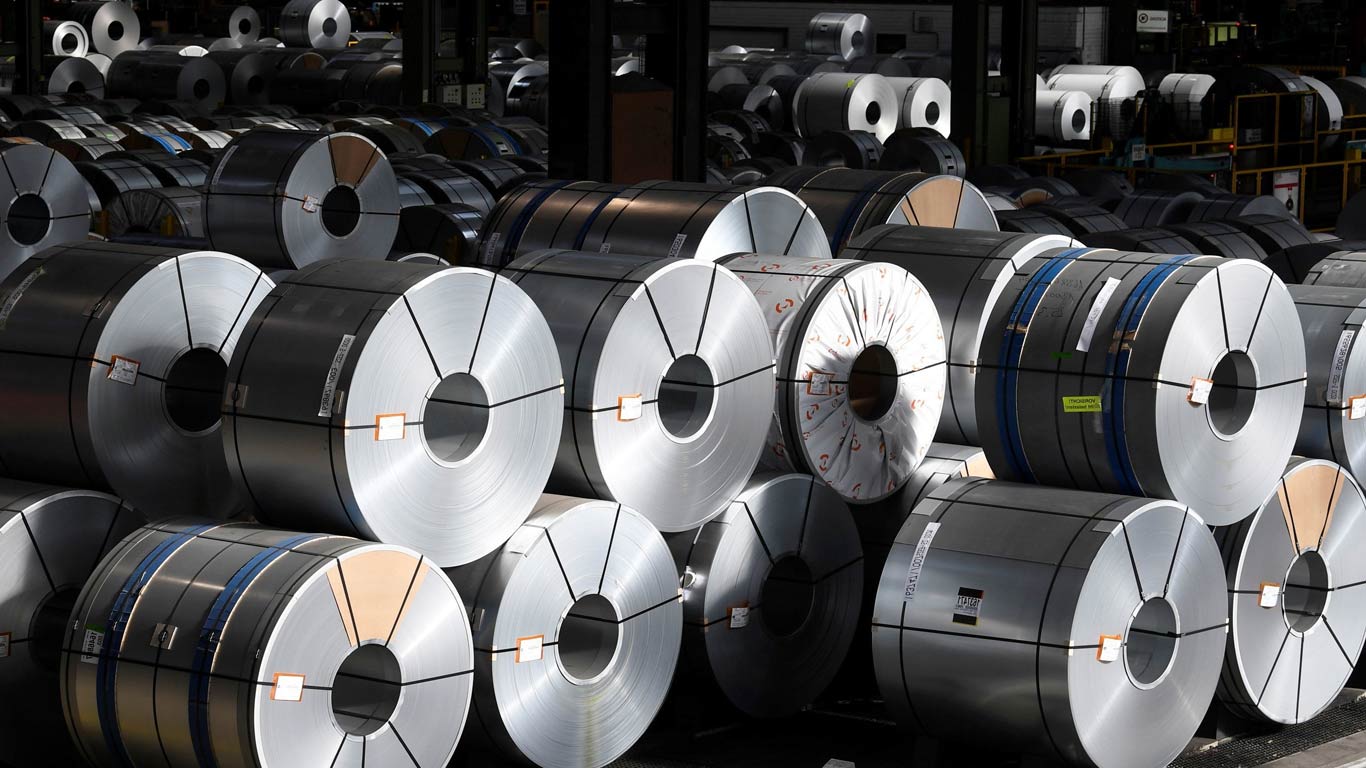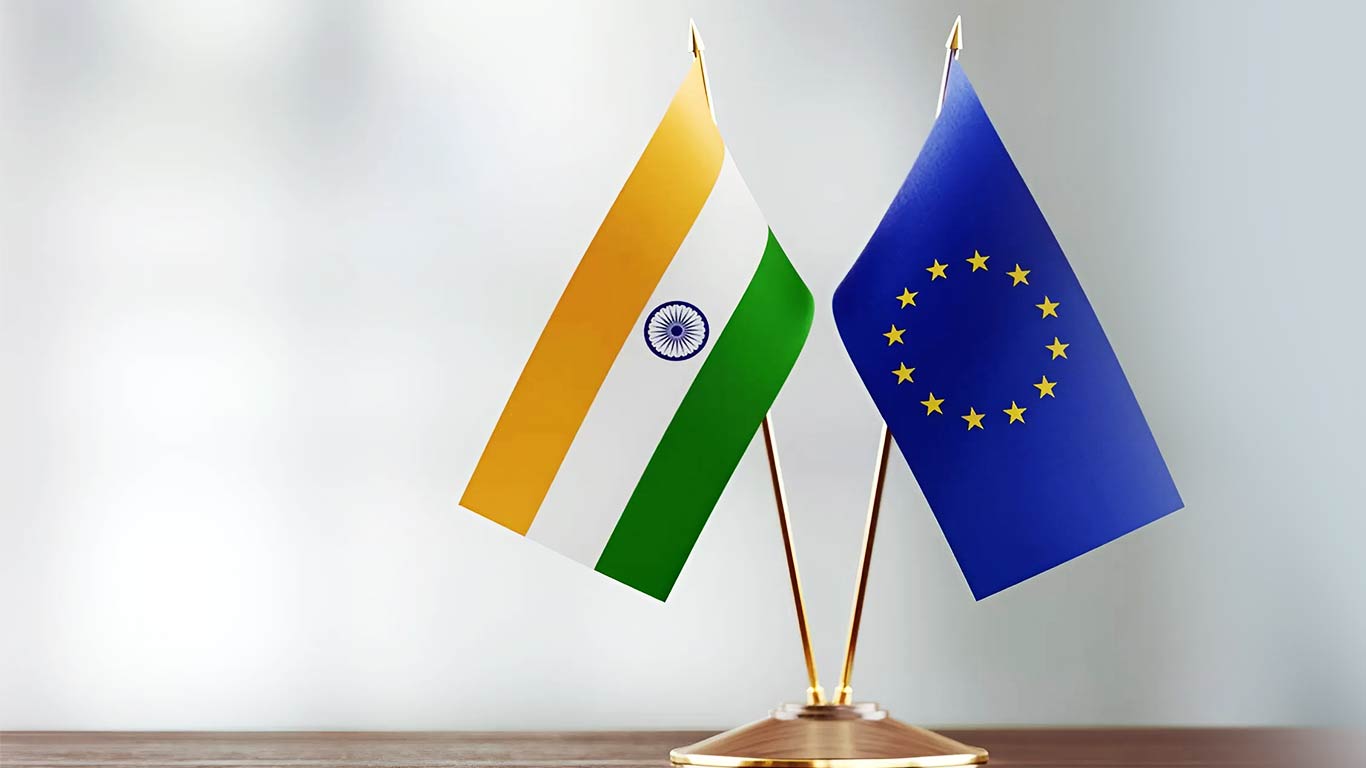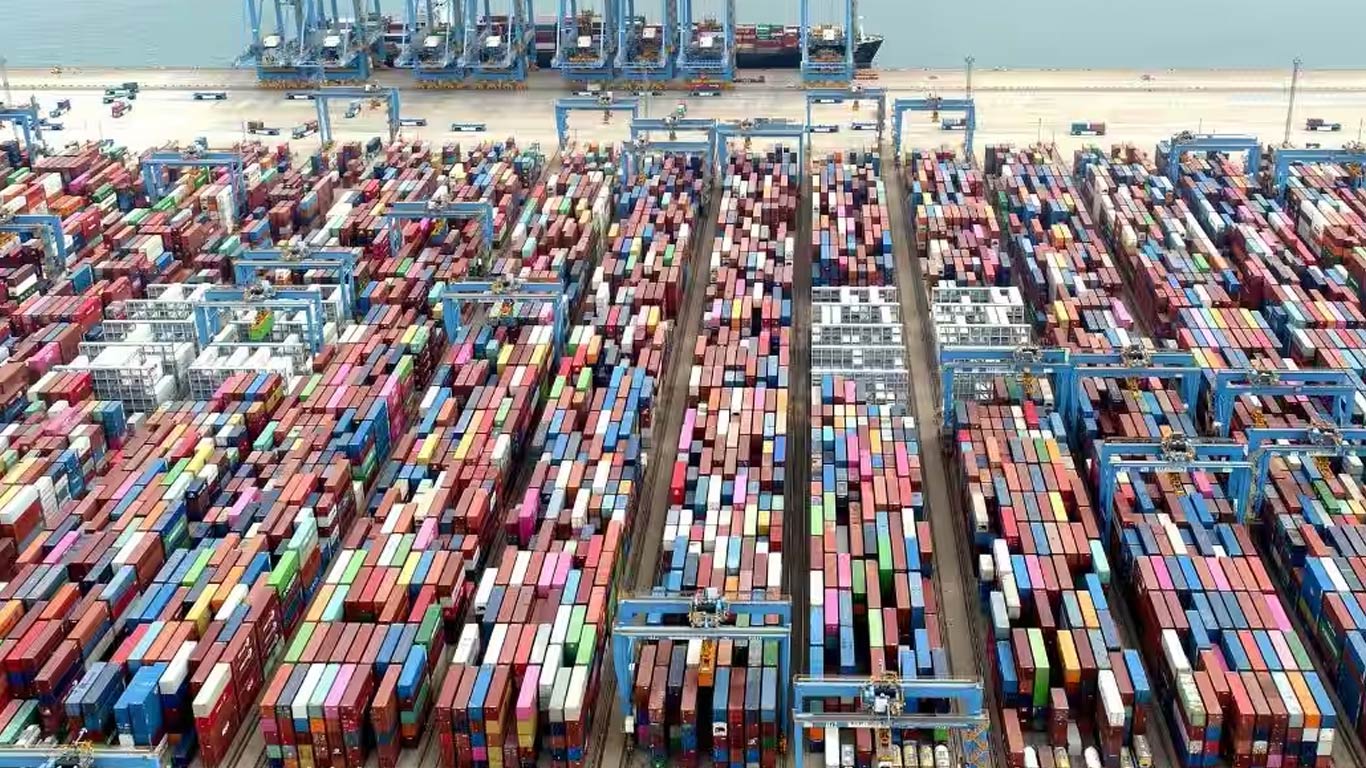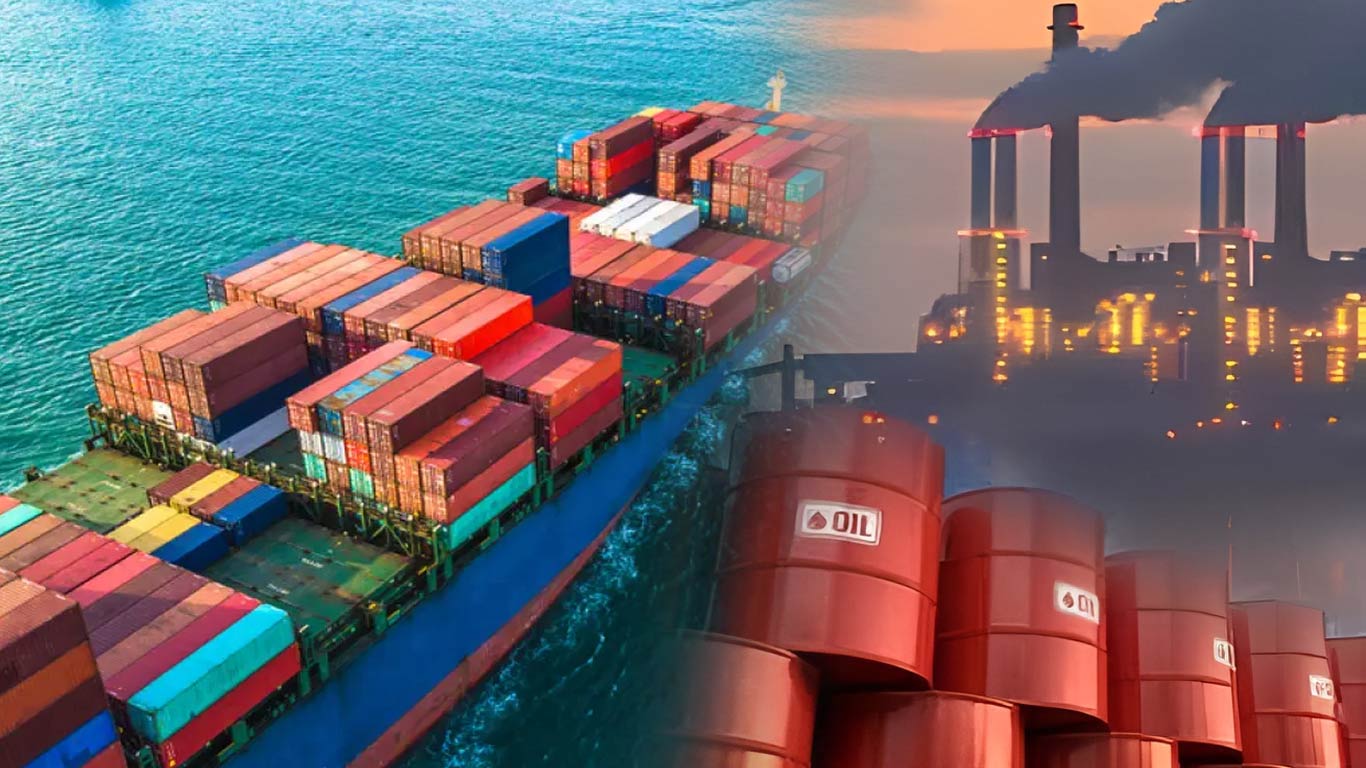Global value chain in trade and manufacturing can cut costs and improve competitiveness
Updated: Sep 11, 2013 06:13:07pm

“Trade facilitation is about easing access to the global marketplace and doing away with the complicated border crossing procedures and excess red tape that raise costs, which ultimately fall on businesses, consumers and our economies,” said OECD (Organisation for Economic Development and Cooperation) Secretary-General Angel Gurría.
“Reducing global trade costs by just one per cent would increase worldwide income by more than USD 40 billion, 65 per cent of which would accrue to developing countries,” Gurria added.
The report that was presented, by OECD, World Trade Organisation (WTO) and United Nations Conference on Trade and Development (UNCTAD) to the G-20 Summit held in Petersburg on September 5-6.
It stated that global value chains (GVC) have become a dominant feature of world trade and investment, offering new prospects for growth, development and jobs.
Effective participation in GVCs, it said, would require significant further investment in technology dissemination, skill building and upgrading.
Titled ‘Implication of Global Value Chains for Trade, Investment, Development and Jobs,’, the report argues that success in international markets depends as much on the capacity to import high-quality inputs as on the capacity to export: intermediate inputs account for over two-thirds of the goods and 70 per cent of the services traded worldwide.
Action, it said, was needed now to implement an effective framework for strong, sustainable, balanced and inclusive growth, in which all countries could reap benefits.
The new report outlines how both the costs of trade and investment protectionism and the benefits of multilateral opening in agriculture, manufacturing and services are much higher in today’s highly interconnected world than previously thought.
“Practical trade facilitation reforms, such as those being negotiated at the WTO today, offer significant potential to reduce trade costs and improve countries’ ability to participate in GVCs,” it said.
It called for open, transparent and predictable trade and investment policies with a range of flanking policies to ensure that benefits from GVCs are inclusive and widespread.
At the same time, it said that in some developing economies, particularly the less developed; there remained much work to be done to address specific obstacles to effective participation in GVCs.
To support the efforts of those economies, aid for trade initiatives and trade facilitation could play an important role in supporting the efforts of those economies.
“This report helps policymakers to examine with greater clarity the opportunities and challenges associated with the phenomenon of Global Value Chains. Global Value Chains are undeniably an important component of the globalization process of today,” said WTO Director-General Roberto Azevedo.
Overcoming obstacles to GVC participation will pay big dividends: developing economies with the fastest growing GVC participation have GDP per capita growth rates 2 per cent above average, according to the report.
“Global production chains are a common feature in many industries involving an increasing number of developing countries. A key challenge is how to generate employment, and upgrade technology and productive capacity in order to maximize development benefits”, said UNCTAD Secretary-General Mukhisa Kituyi.
The new OECD-WTO-UNCTAD report was requested by G20 leaders at their Los Cabos Summit in June 2012, as part of wider efforts to analyse the functioning of GVCs and their relationship with trade and investment flows, development and jobs. (KNN/ES)











